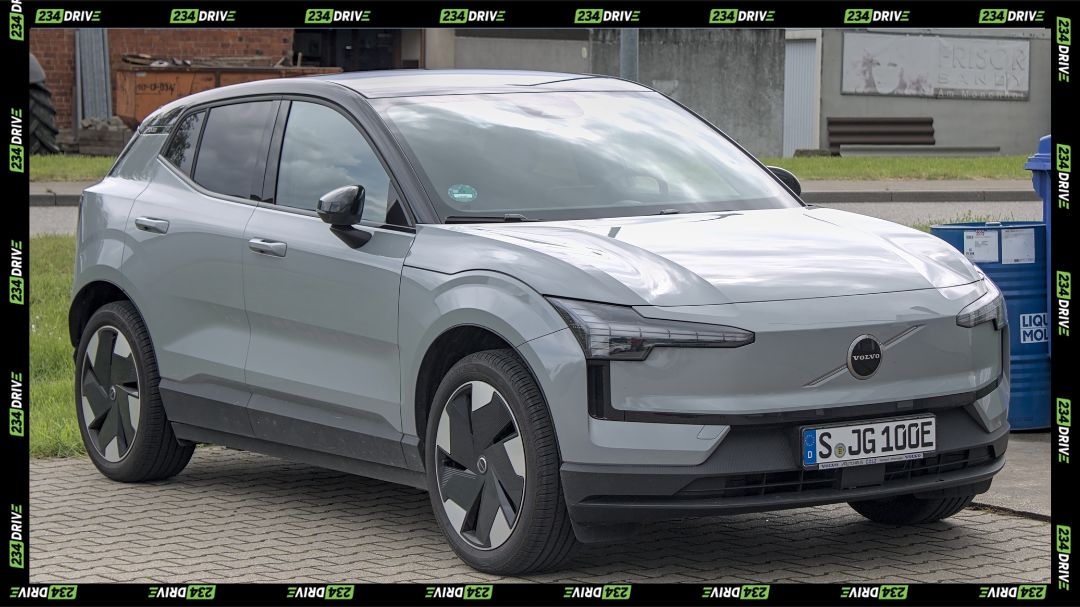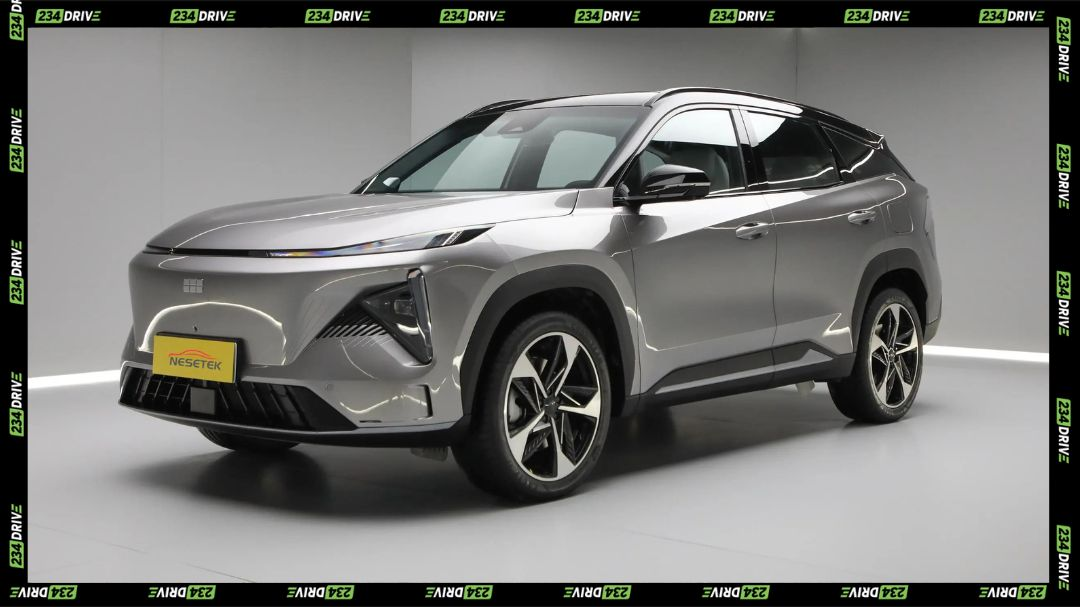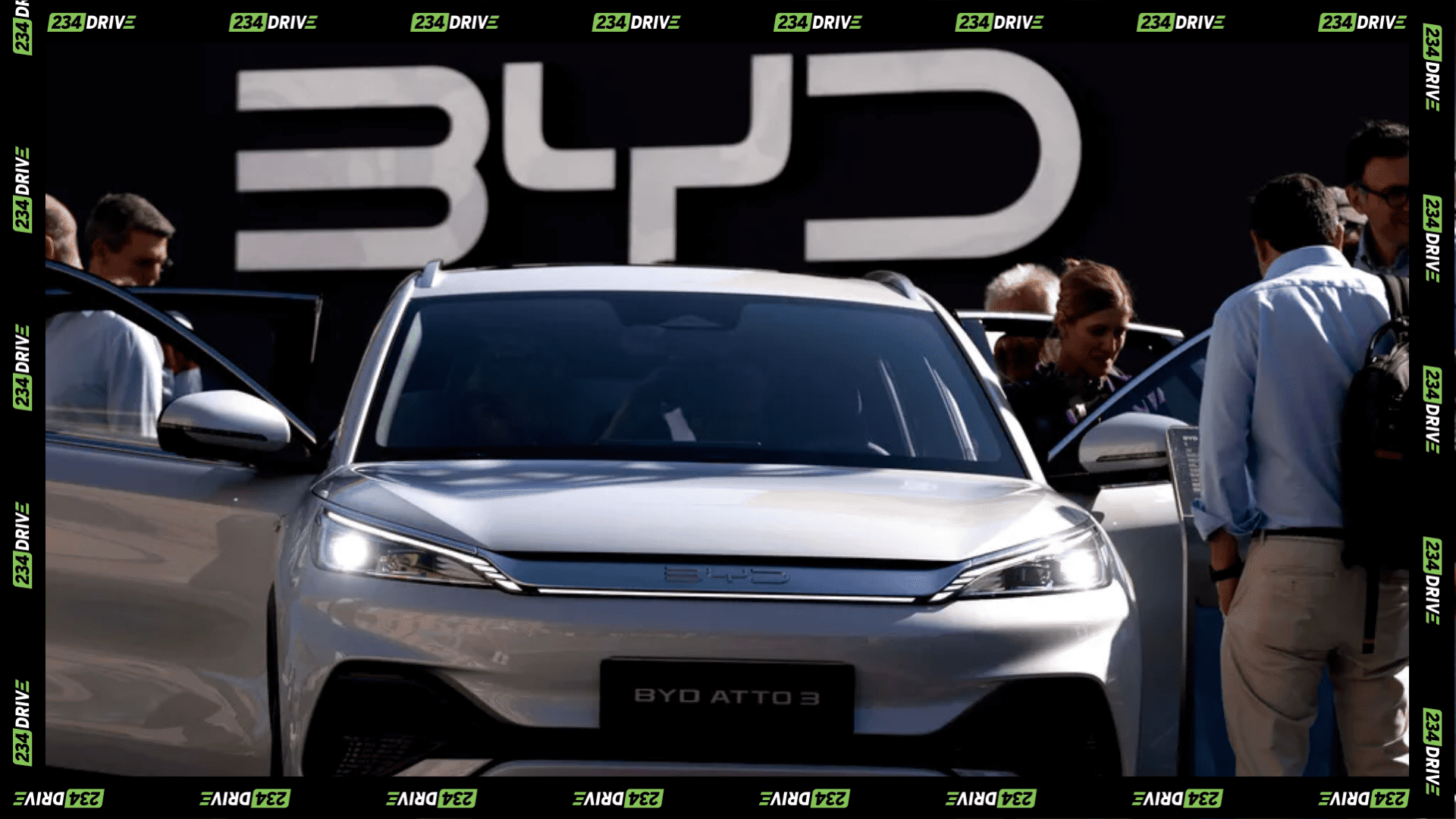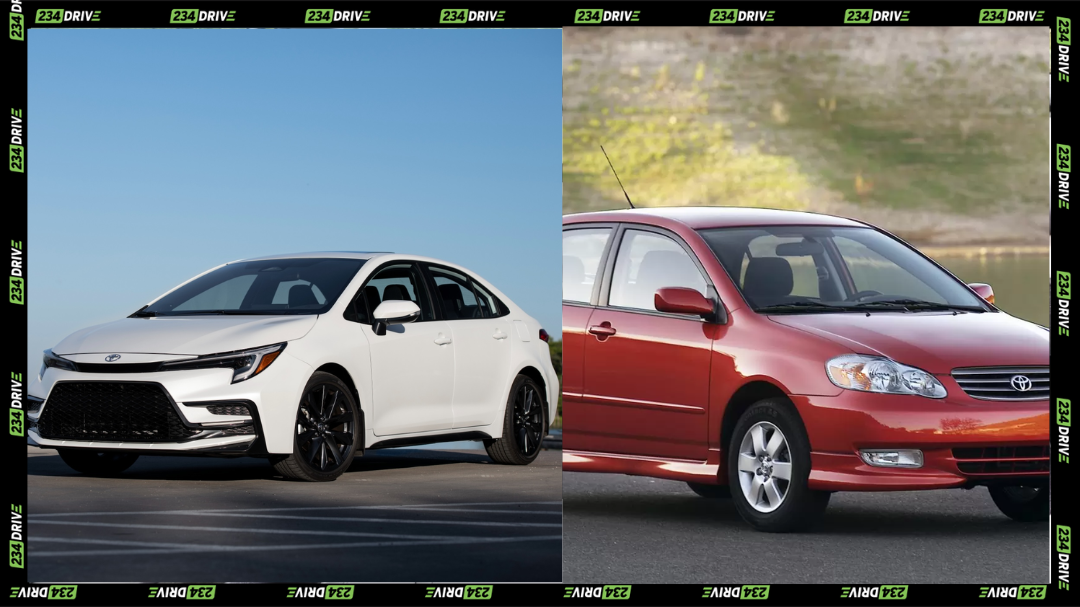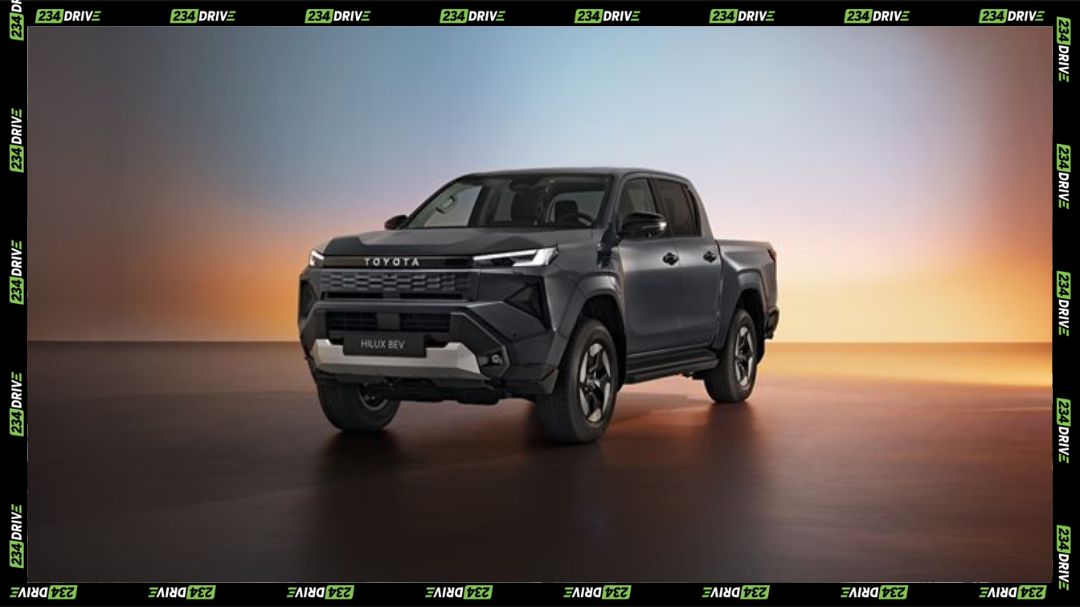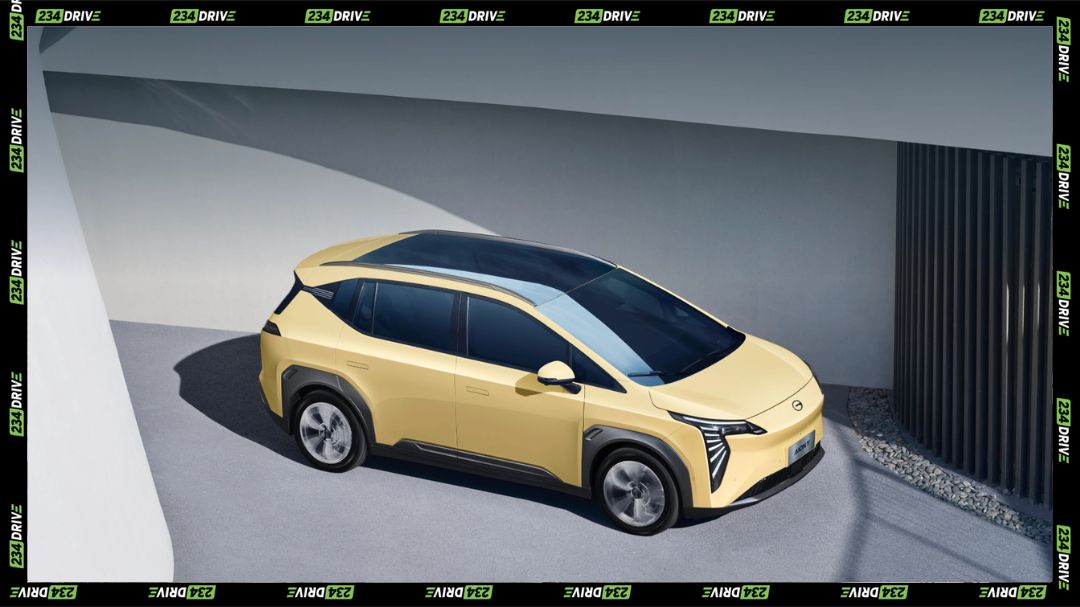The Volvo EX30 represents a significant step forward in the compact electric SUV segment, combining Scandinavian design principles with practical performance and sustainable manufacturing. As South Africa’s electric vehicle infrastructure continues to expand and more drivers consider the transition to zero-emission motoring, the EX30 arrives as Volvo’s most affordable and environmentally conscious offering to date, boasting a lifetime carbon footprint approximately half that of comparable petrol-powered models.
Introduced globally in June 2023 and available as a 2025 model, this subcompact crossover targets urban buyers seeking premium quality without the premium price tag. Built on Geely’s Sustainable Experience Architecture 2 platform and measuring 166.7 inches in length, the EX30 delivers up to 298 miles of range in extended variants, performance figures that rival sports cars with 0-60 mph acceleration in just 3.4 seconds in top specifications, and comprehensive safety features that have defined the Swedish brand for decades.
Exterior Design and Styling
The Volvo EX30’s exterior design embraces minimalist Scandinavian aesthetics while maintaining a distinctive road presence. The front fascia features Volvo’s signature “Thor’s hammer” LED headlights, creating an instantly recognizable appearance both day and night. Short overhangs at both ends maximize interior space while contributing to the vehicle’s agile proportions, and the compact dimensions—72.3 inches wide and 61.0 inches tall on a 104.3-inch wheelbase—make it ideally suited for navigating congested urban environments.
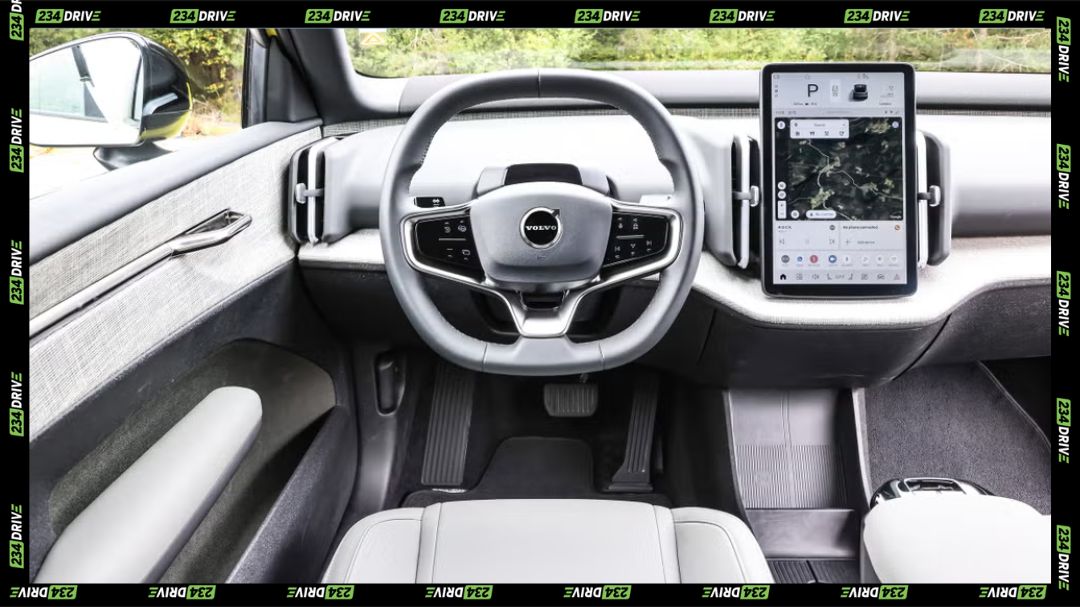
Color options draw inspiration from nature, reinforcing the vehicle’s environmental credentials, while the Cross Country variant adds visual ruggedness with protective cladding, all-terrain tires, and an additional 0.9 inches of ground clearance, bringing the total to 6.9 inches. This variant specifically addresses South African driving conditions where unpaved roads may be required. The clean lines and substantial 4,034 to 4,284-pound curb weight create a planted, stable appearance that belies the vehicle’s compact footprint.
Interior Comfort and Technology
Inside, the EX30 showcases Volvo’s commitment to sustainability through extensive use of recycled materials, including denim waste, flax, and wool blends incorporating 70% recycled polyester. The cabin comfortably seats five occupants, though the design prioritizes front passengers with supportive bucket seats. Rear passenger space measures 37 cubic feet but can feel snug for taller adults. Cargo capacity offers 14 cubic feet behind the rear seats, expanding to 32 cubic feet with seats folded.

The interior centers around a 12.3-inch vertical touchscreen controlling virtually all vehicle functions through Google-based infotainment software with built-in Maps, Assistant, and Play Store access, plus wireless Apple CarPlay and Android Auto. While this creates a clean aesthetic, some drivers find the lack of physical buttons distracting. A Harman Kardon soundbar delivers premium audio, while practical touches include wireless charging and USB-C ports. The firm suspension delivers balanced handling with three selectable steering modes.
Performance and Driving Dynamics
The Volvo EX30 offers two distinct powertrain configurations. The Single Motor rear-wheel-drive variant produces 200-272 horsepower with 253 lb-ft of torque, achieving 0-62 mph acceleration in 5.7 seconds. Battery options include a 51 kWh unit providing 214 miles of range, or a 69 kWh battery extending range up to 298 miles. Real-world testing at 75 mph highway speeds demonstrates approximately 160 miles of range.
The Twin Motor Performance all-wheel-drive configuration delivers 422 horsepower and 400 lb-ft of torque, achieving 0-60 mph in 3.3-3.4 seconds—Volvo’s fastest-accelerating vehicle ever—while maintaining 253-286 miles of range. EPA efficiency ratings reach 127 city/104 highway MPGe for the single-motor extended range variant. Charging capabilities include up to 175 kW DC fast charging, achieving 10-80% charge in 26-28 minutes at compatible fast chargers. This rapid charging proves valuable as South Africa’s DC fast charging network expands along major routes.
South African Driving Environment and Lifestyle Considerations
The Volvo EX30’s suitability for South African conditions requires careful consideration of the country’s unique automotive landscape. South Africa’s road network varies dramatically from well-maintained urban highways to deteriorating provincial roads and unpaved rural routes, making the Cross Country variant’s additional ground clearance particularly relevant for drivers venturing beyond metropolitan areas. The standard 6.0 inches of ground clearance may prove marginal on poorly maintained roads with deep potholes, while the Cross Country’s 6.9 inches offers meaningful improvement.
Climate considerations favor electric vehicles in South Africa’s moderate temperatures, as extreme conditions can impact battery performance. However, persistent load shedding presents unique obstacles for EV ownership, requiring careful planning around home charging solutions with backup power or strategic use of public charging during stable grid periods. The expanding network of charging stations along major routes like the N1, N2, and N3 highways gradually addresses range anxiety, though coverage remains sparse in rural areas. The Volvo badge delivers premium positioning without the maintenance costs typically associated with German luxury competitors, while the four-year/50,000-mile limited warranty and eight-year/100,000-mile battery warranty provide reassurance.
Competitive Positioning and Market Analysis
In the compact electric SUV segment, the Volvo EX30 competes against models like the Kia Niro EV and Jeep Avenger EV. New 2025 EX30 models start at $36,245 (approximately R660,000) for base Single Motor variants, rising to $47,895 (approximately R870,000) for top Twin Motor Performance Ultra specifications. Used 2025 examples average $40,000-$41,000 (R730,000-R745,000), with exceptional deals around $37,477 (R682,000). These figures position the EX30 competitively against premium compact SUVs.
The vehicle’s 90.6% reliability rating in 2025 surveys suggests strong durability prospects and lower maintenance costs compared to internal combustion alternatives—electric powertrains eliminate oil changes, transmission servicing, and many wear items. The EX30’s numerous accolades—including 2024 World Urban Car and Small Premium SUV of the Year 2025—validate its competitive positioning and suggest strong residual values. Maintenance costs benefit from simplified electric drivetrains requiring fewer consumables than petrol equivalents.
Safety Features and Technology
Safety remains a cornerstone of Volvo’s brand identity, and the EX30 earned 5-star ratings from Euro NCAP and ANCAP, with 88% adult occupant protection and 85% child occupant protection scores. Standard equipment includes automated emergency braking with pedestrian and cyclist detection, lane-keeping assist, adaptive cruise control, Park Pilot Assist, and rear radar systems detecting vulnerable road users when reversing.
Highway driving benefits from Pilot Assist semi-autonomous technology that maintains lane position and following distance, reducing driver fatigue on long-distance journeys between South African cities. Collision avoidance systems actively intervene to prevent accidents, while driver drowsiness monitoring uses infrared sensors to detect fatigue. The comprehensive safety equipment comes standard across the range, ensuring all EX30 buyers receive maximum protection regardless of trim level.
Conclusion
The Volvo EX30 emerges as a compelling proposition for South African buyers ready to embrace electric mobility, successfully balancing premium brand positioning with accessible pricing, practical range capabilities with exhilarating performance options, and sustainable manufacturing with traditional Volvo safety excellence. The Single Motor Extended Range variant offers optimal combination of affordability and sufficient range for daily driving, while the Twin Motor Performance delivers extraordinary acceleration for enthusiasts.
However, prospective buyers must carefully evaluate South Africa’s specific challenges, including load shedding impacts on charging convenience, developing public charging infrastructure outside major routes, and road conditions that may favor the Cross Country variant’s additional ground clearance. Despite these considerations, the EX30’s combination of Scandinavian design, sustainable credentials, and competitive pricing—particularly in the used market where examples average R730,000-R745,000—positions it as one of the more attractive entries into premium electric SUV ownership.
What are your thoughts on the Volvo EX30’s suitability for South African conditions? Would the extended range model meet your daily driving needs, or would you prioritize the Cross Country’s additional ground clearance? Share your perspective in the comments below.


